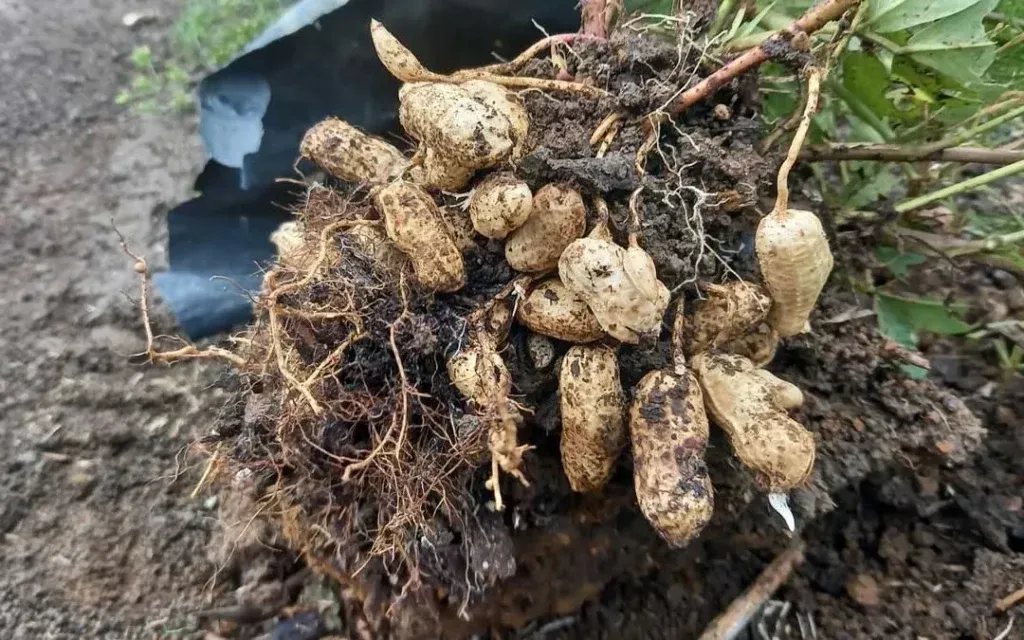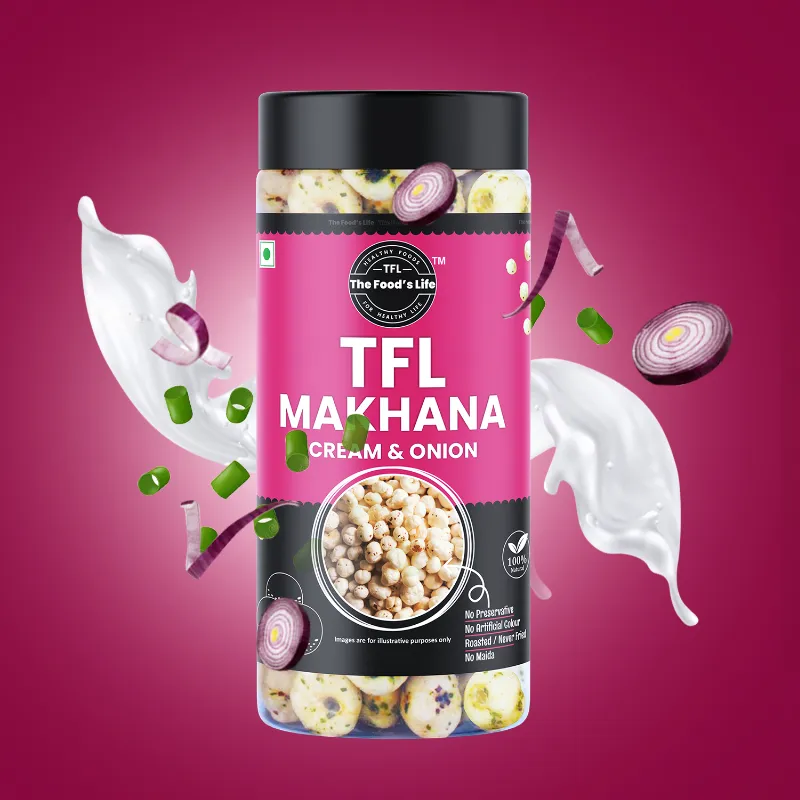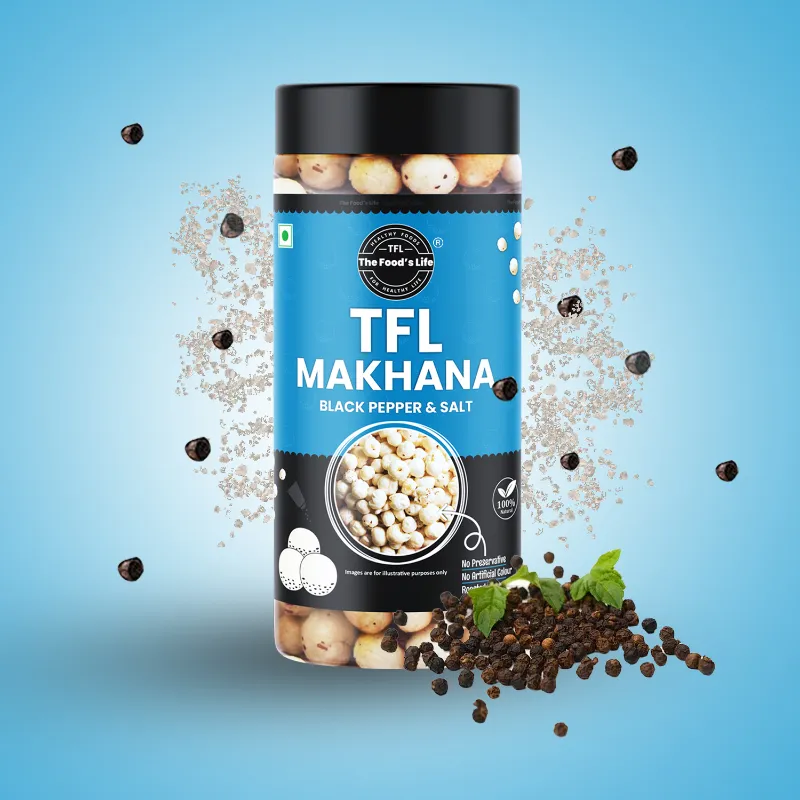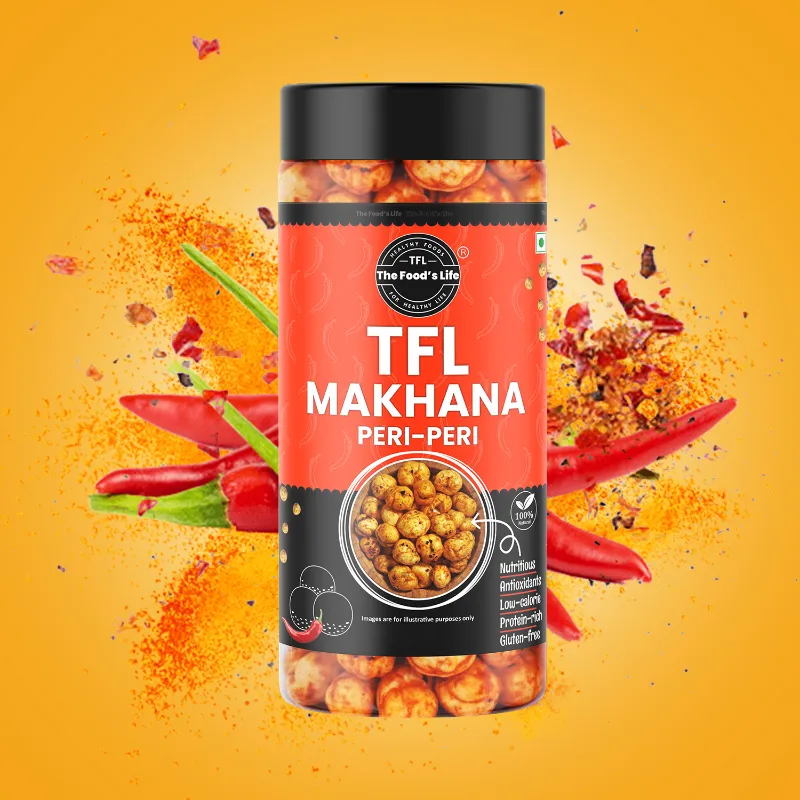The process of harvesting peanuts involves a series of carefully coordinated steps to ensure the optimal yield of these nutrient-packed legumes. So let’s delve into the journey from field to table and understand the intricate process of harvesting peanuts.
Farmers typically plant peanut seeds directly into the soil during the spring, once the risk of frost has passed. Peanuts thrive in warm climates with well-drained soil. The plants grow in a fascinating way – after pollination of the flower, a slender stem called the peg emerges from the flower and penetrates the soil, where the peanut pods develop underground.
Peanut plants bloom with delicate yellow flowers. After successful pollination, the ovary of the flower begins to swell, forming a structure known as the peg. This peg elongates and penetrates the soil, carrying the developing peanut embryo with it. As the peg burrows into the soil, it undergoes geocarpy, a unique characteristic of peanuts where the pods develop underground.
So as the peanuts develop underground, the plant undergoes a maturation process. The underground pods, known as pegs, mature and fill out, reaching their full size. This period of maturation is crucial for the development of plump and flavorful peanuts. The leaves of the peanut plant begin to yellow, signaling that the peanuts are ready for harvest.
Farmers carefully unearth the mature peanuts from the soil. In a delicate dance of timing and technique during the harvesting process. They utilize specialized equipment, such as diggers or combines. To loosen the soil around the peanuts and lift them to the surface. This machinery minimizes damage to the delicate peanuts and ensures an efficient harvest.
After lifting the peanuts from the soil, farmers allow them to dry on the field for several days. This crucial drying period helps reduce moisture content and prevents mold growth during storage. The farmers leave the peanuts with their vines intact, creating rows of drying plants across the field.
Harvesting crews return to the field for the picking phase once the peanuts are sufficiently dried. Workers utilize specialized equipment with shakers and conveyors to gently dislodge the peanuts from the vines, allowing for their collection and subsequent processing.
After picking, the peanuts undergo a thorough cleaning process that removes debris, vines, and other impurities, leaving behind clean and wholesome peanuts. The sorting process then separates the peanuts based on size and quality, ensuring that only the finest peanuts make their way to consumers.
The harvested and cleaned peanuts are then transported to processing facilities. Here, they may undergo roasting, blanching, or be processed into various peanut products like peanut butter. The final step involves packaging the peanuts into bags or containers, ready to find their way to store shelves and, eventually, into the hands of consumers.
In conclusion, the process of harvesting peanuts is a meticulous journey that begins with the planting of seeds and culminates in the creation of a beloved and nutrient-rich snack. From the warm embrace of the soil to the careful hands of farmers and processing experts, each step contributes to the creation of the wholesome peanuts we enjoy in various forms.






